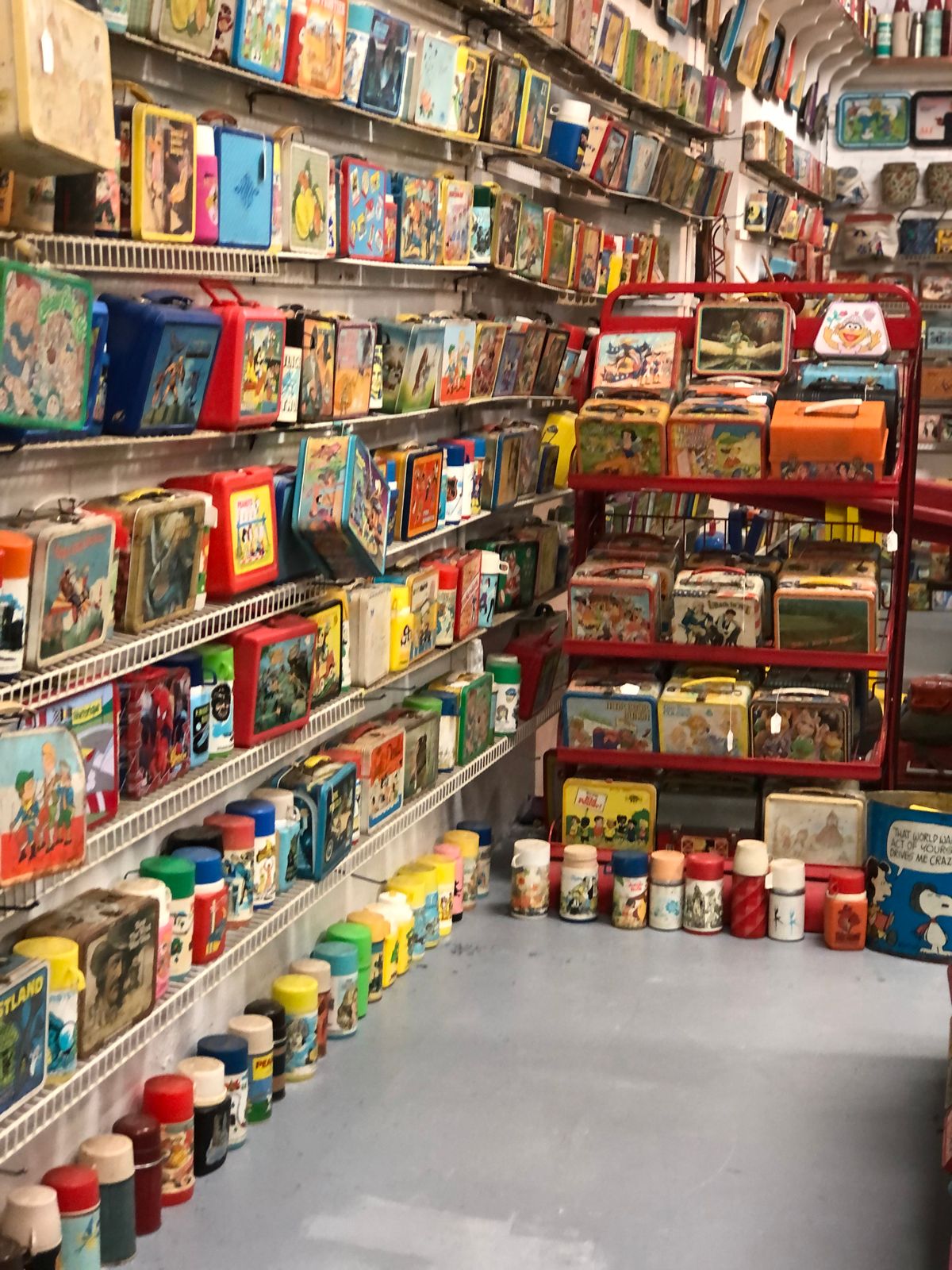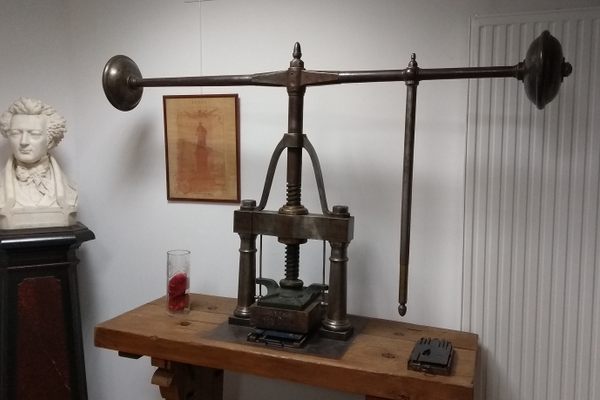About
Lunch boxes bring back a certain sense of nostalgia for most people. What most people don't know however, is that these cherished, childhood, snack-bearing boxes, or at least the old metal ones, were once classified as weapons. For a while, lunchboxes were illegal. The metal lunch pail made its appeal to American youth in the 1920s. At first, many were plain and lacked any sense of individualism. Eventually, companies, of which Disney was the first, started releasing licenses to lunch box makers to use their characters and iconic figures as decals. It was during this time that lunch boxes began to signify a child's individualism and uniqueness. The design on your lunch box said something about who you were. In the 1970s, a group of outraged, disgruntled, Floridian mothers lobbied against the metal boxes, saying children were swinging them at peers and wreaking havoc on their gentle skulls. Many other states soon followed and popular lunch box companies were forced to switch to vinyl products. The last metal box was produced in 1985. 1998 saw the reappearance of new metal lunch boxes with designs such as Godzilla and Hot Wheels. After their release, there was no outcry. Though it seems like there would be a large variety of lunch boxes created, the truth is, between 1951 and 1985, only 450 metal lunch boxes were released with distinctive character designs. All other lunchboxes are not considered collectibles. A collector by the name of Allen Woodall, who operates the Lunch Box Museum in Georgia, has achieved the task of acquiring all 450 metal lunch boxes, as well as a handful of copies. He began collecting lunchboxes in the 1990s after he inherited a small collection from a deceased friend. He continued to collect lunch boxes and, after a promise he made to the widow of his deceased friend, started the museum. Today, Woodall's museum is stuffed with some 3,500 metal lunch boxes and their matching thermoses. His collection grows as he continues to trade his duplicates for rarer pails, some of which are valued over $2,500. As children once traded food from their lunch boxes in the cafeteria, Woodall continues to trade his vast collection of metal lunch boxes.
Related Tags
Community Contributors
Added By
Published
February 18, 2009
















































































